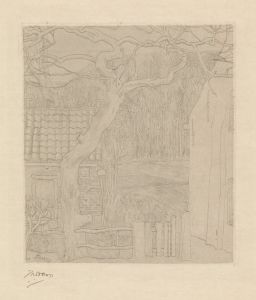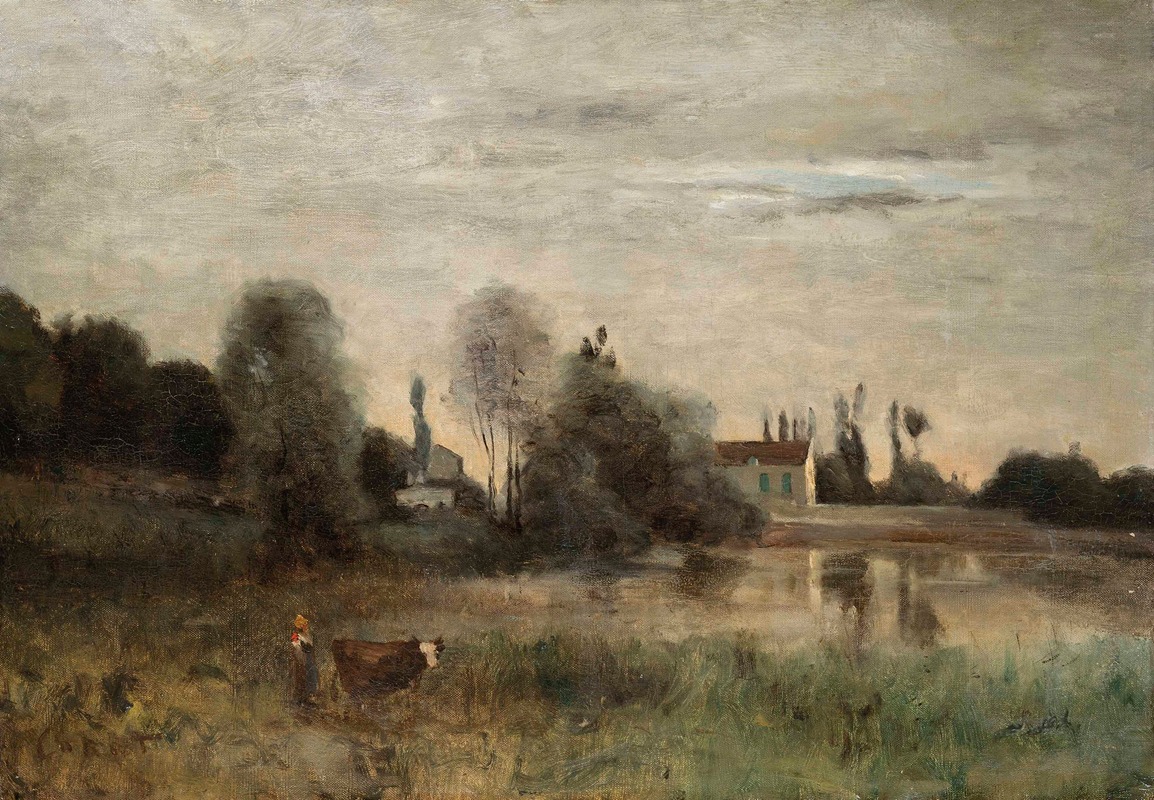
Ville d’Avray, vachère à l’étang
A hand-painted replica of Jean-Baptiste-Camille Corot’s masterpiece Ville d’Avray, vachère à l’étang, meticulously crafted by professional artists to capture the true essence of the original. Each piece is created with museum-quality canvas and rare mineral pigments, carefully painted by experienced artists with delicate brushstrokes and rich, layered colors to perfectly recreate the texture of the original artwork. Unlike machine-printed reproductions, this hand-painted version brings the painting to life, infused with the artist’s emotions and skill in every stroke. Whether for personal collection or home decoration, it instantly elevates the artistic atmosphere of any space.
Jean-Baptiste-Camille Corot was a prominent French landscape painter and a pivotal figure in the transition from traditional Neoclassical painting to the innovations of the Impressionist movement. One of his notable works is "Ville d’Avray, vachère à l’étang," which translates to "Ville d’Avray, Cowherd at the Pond." This painting exemplifies Corot's mastery in capturing the serene beauty of the French countryside, a theme that he frequently explored throughout his career.
Corot was born in Paris in 1796 and developed a deep appreciation for nature from an early age. He often traveled to rural areas to paint en plein air, a practice that allowed him to observe and depict the natural world with remarkable fidelity and sensitivity. Ville d’Avray, a small commune near Paris, held particular significance for Corot as it was the location of his family’s country home. The area’s tranquil landscapes and reflective ponds provided endless inspiration for his work.
"Ville d’Avray, vachère à l’étang" is a quintessential example of Corot's landscape painting during the mid-19th century. The painting depicts a peaceful scene where a cowherd tends to her cattle by a pond, surrounded by lush greenery and the soft light of the countryside. Corot's use of a muted color palette and delicate brushwork creates a sense of calm and timelessness, inviting viewers to immerse themselves in the serene atmosphere of the scene.
Corot's technique in this painting reflects his ability to blend realism with a poetic sensibility. He was known for his skillful handling of light and shadow, which he used to create depth and mood in his landscapes. In "Ville d’Avray, vachère à l’étang," the gentle play of light on the water and foliage adds a luminous quality to the composition, enhancing the overall sense of tranquility.
Throughout his career, Corot maintained a balance between detailed observation and artistic interpretation. His landscapes often convey an idealized vision of nature, one that emphasizes harmony and beauty. This approach resonated with the Barbizon School, a group of artists who sought to depict the natural world with sincerity and emotion, and with whom Corot was closely associated.
Corot's influence extended beyond his own time, impacting the development of Impressionism. Artists such as Claude Monet and Camille Pissarro admired Corot's ability to capture the fleeting effects of light and atmosphere, elements that became central to the Impressionist movement. His work laid the groundwork for these artists to explore new techniques and perspectives in their own depictions of the natural world.
"Ville d’Avray, vachère à l’étang" is a testament to Corot's enduring legacy as a landscape painter. It reflects his deep connection to the French countryside and his ability to convey its beauty with subtlety and grace. Today, Corot's paintings are celebrated for their contribution to the evolution of landscape art and their influence on subsequent generations of artists.
In summary, Jean-Baptiste-Camille Corot's "Ville d’Avray, vachère à l’étang" is a masterful representation of the artist's skill in capturing the serene beauty of rural France. Through his delicate brushwork and nuanced use of light, Corot invites viewers to experience the tranquility and timelessness of the natural world, solidifying his place as a pivotal figure in the history of art.





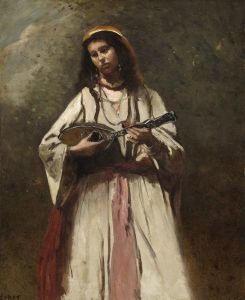
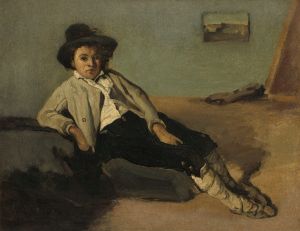
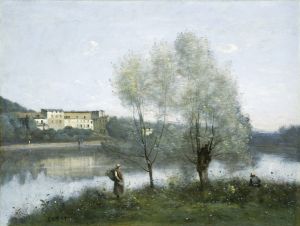

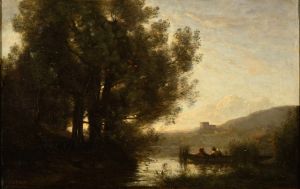
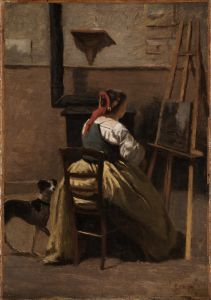

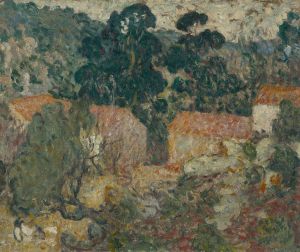
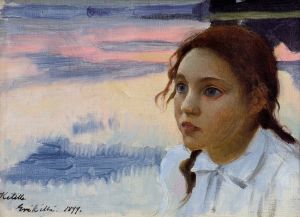
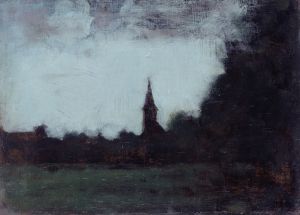
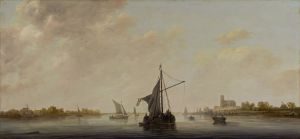
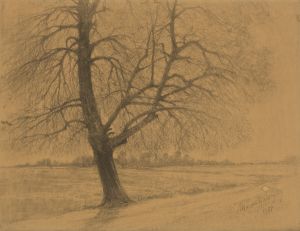
![Altweibersommer [Indian summer]](/imgs/256637/s/marie-egner-altweibersommer-indian-summer-70bbb3ad.jpg)
